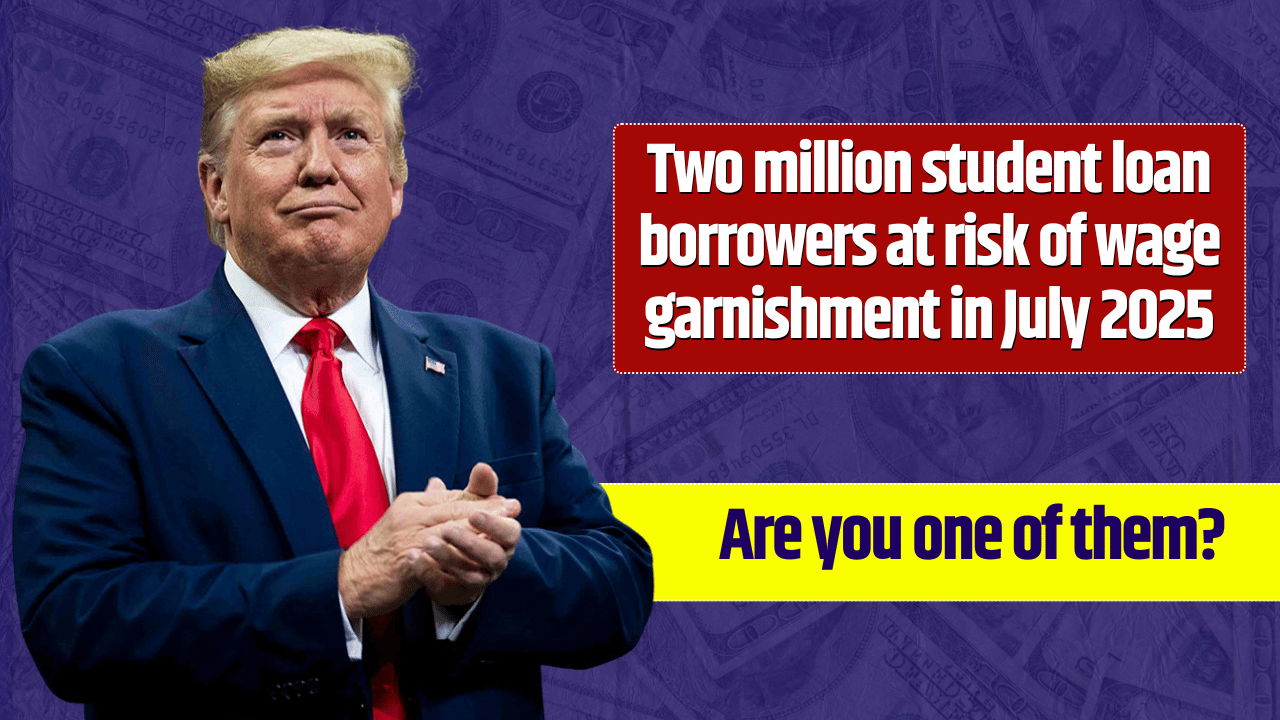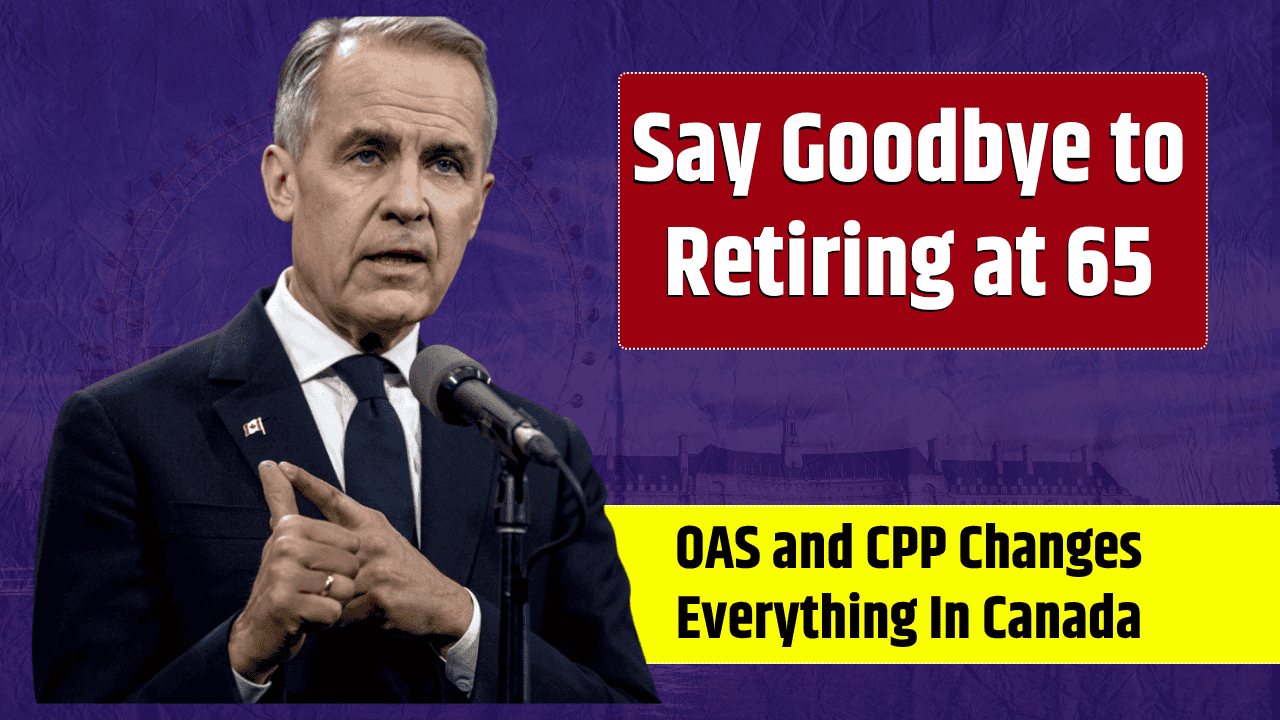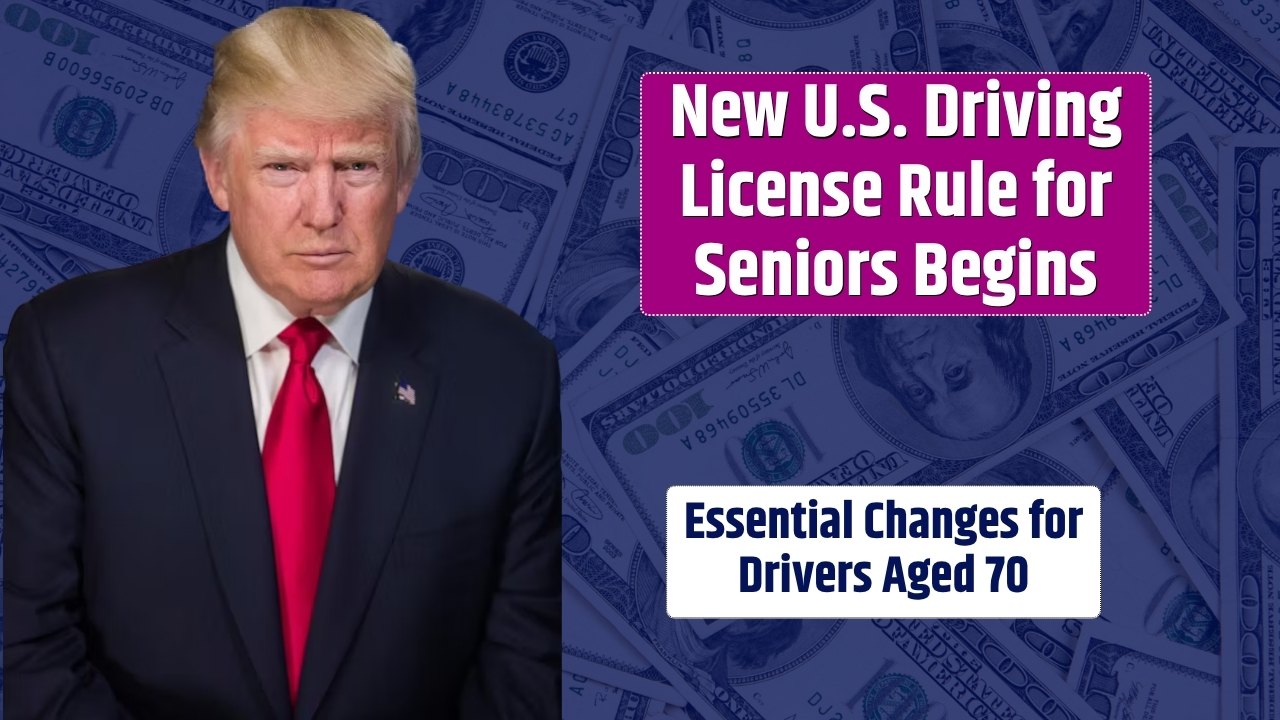Nearly 2 million Americans who borrowed money for college may face wage garnishment starting July 2025, according to a major report from credit bureau TransUnion. With the federal government officially resuming student loan collections after a five-year pause triggered by the pandemic, the warning signs are flashing red.
Many borrowers are already struggling to meet their monthly payments, and if current trends continue, the U.S. may be heading toward what some experts are calling a “default cliff”—a sharp rise in defaults that could have serious consequences not only for individuals but for the broader economy.
Table of Contents
Default Rates Are Surging Post-Pause
After a historic suspension of collections, the Department of Education began requiring payments again in late 2024. As of April 2025, 31% of borrowers who had entered repayment were already 90 days or more past due, TransUnion reports. That’s the highest delinquency rate on record.
Under current federal rules, a borrower enters default status after approximately 270 days (or 9 months) of missed payments. Once in default, the government can:
- Garnish wages
- Intercept tax refunds
- Seize part of Social Security benefits
In May 2025, the Education Department began issuing 30-day warning letters to those at risk, signaling that wage garnishment and other collection actions could begin by July.
Who Is at Risk?
This crisis is affecting borrowers across all income and credit levels. The stereotype that only low-income or poor-credit borrowers default is being debunked. Even individuals with prime credit scores saw their ratings drop by an average of 60 points after missing payments.
Groups especially vulnerable include:
- Borrowers who recently re-entered repayment after the pause
- Those with unstable employment or rising living expenses
- Older borrowers nearing or in retirement
- People unaware their payments have restarted
What Is the “Default Cliff”?
The term “default cliff” refers to a looming wave of borrowers entering default status all at once. This could occur in the second half of 2025, dramatically increasing:
- Wage garnishments
- Credit score damage
- Household financial stress
It also poses a macro-level threat to the U.S. economy by reducing disposable income and slowing down consumer spending. As Michele Raneri, VP of U.S. research at TransUnion, explains:
“This isn’t just a student loan issue—it’s a national financial stability issue.”
Financial and Emotional Consequences
Falling behind on student loans can lead to more than just financial strain. Consequences include:
- Lower credit scores: which can limit your ability to get a mortgage, car loan, or even rent an apartment.
- Reduced take-home pay: due to wage garnishment.
- Mental health strain: including anxiety and depression.
- Barriers to future borrowing: affecting both education and personal loans.
Steps You Can Take Now
If you’re behind or worried about defaulting, the good news is you still have options. Here’s what you can do:
| Strategy | Description |
|---|---|
| Income-Driven Repayment (IDR) | Sets payments based on your income and family size, potentially lowering your monthly bill. |
| Loan Consolidation | Combine multiple federal loans into one new loan, which may help you get out of default. |
| Fresh Start Program | A temporary program allowing defaulted borrowers to re-enter repayment in good standing. |
| Contact Your Servicer | Your loan servicer can explain your options and help you avoid garnishment. |
| Nonprofit Counseling | Get free or low-cost advice from certified credit counselors. |
Don’t Wait Until Garnishment Begins
Once garnishment or other collection actions start, they’re much harder to reverse. That’s why financial experts emphasize the importance of being proactive now. Talk to your loan servicer, research repayment programs at StudentAid.gov, and seek legal aid or nonprofit assistance if needed.
The current student loan landscape is not just about paying back a debt—it’s about maintaining financial stability, mental health, and the ability to build a secure future. The more informed and proactive you are, the better positioned you’ll be to navigate this storm.
FAQs
When will wage garnishments begin?
Garnishments could start as early as July 2025, especially for those already in default and who received 30-day notices in May.
What is considered “default” on a student loan?
A federal loan enters default after about 270 days (9 months) of non-payment.
How much of my pay can be garnished?
The federal government can take up to 15% of your disposable income via wage garnishment without a court order.
Can good credit protect me?
No. Even borrowers with strong credit are vulnerable to the financial damage caused by missed student loan payments.
How can I avoid default?
Explore income-driven repayment, consolidation, or the Fresh Start program. Stay in communication with your loan servicer.













